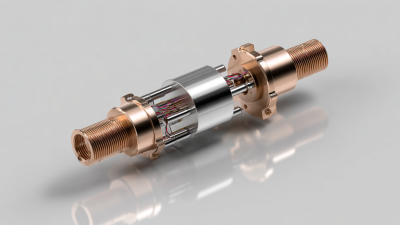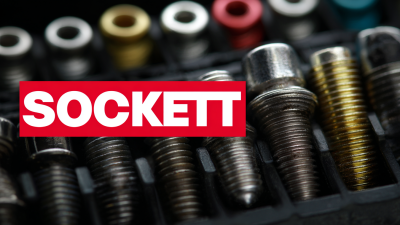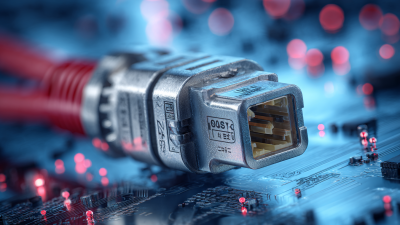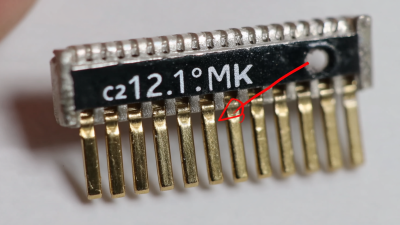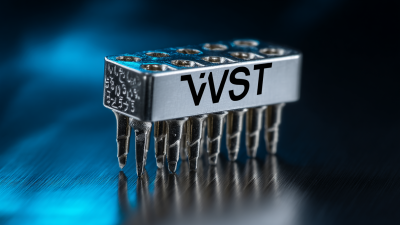


In the rapidly evolving landscape of technology, the selection of the appropriate High Frequency Connector for your project is critical to ensuring optimal performance and reliability. According to a recent report by Allied Market Research, the global demand for high frequency connectors is projected to reach over $20 billion by 2025, driven by advancements in telecommunications, aerospace, and medical device industries.
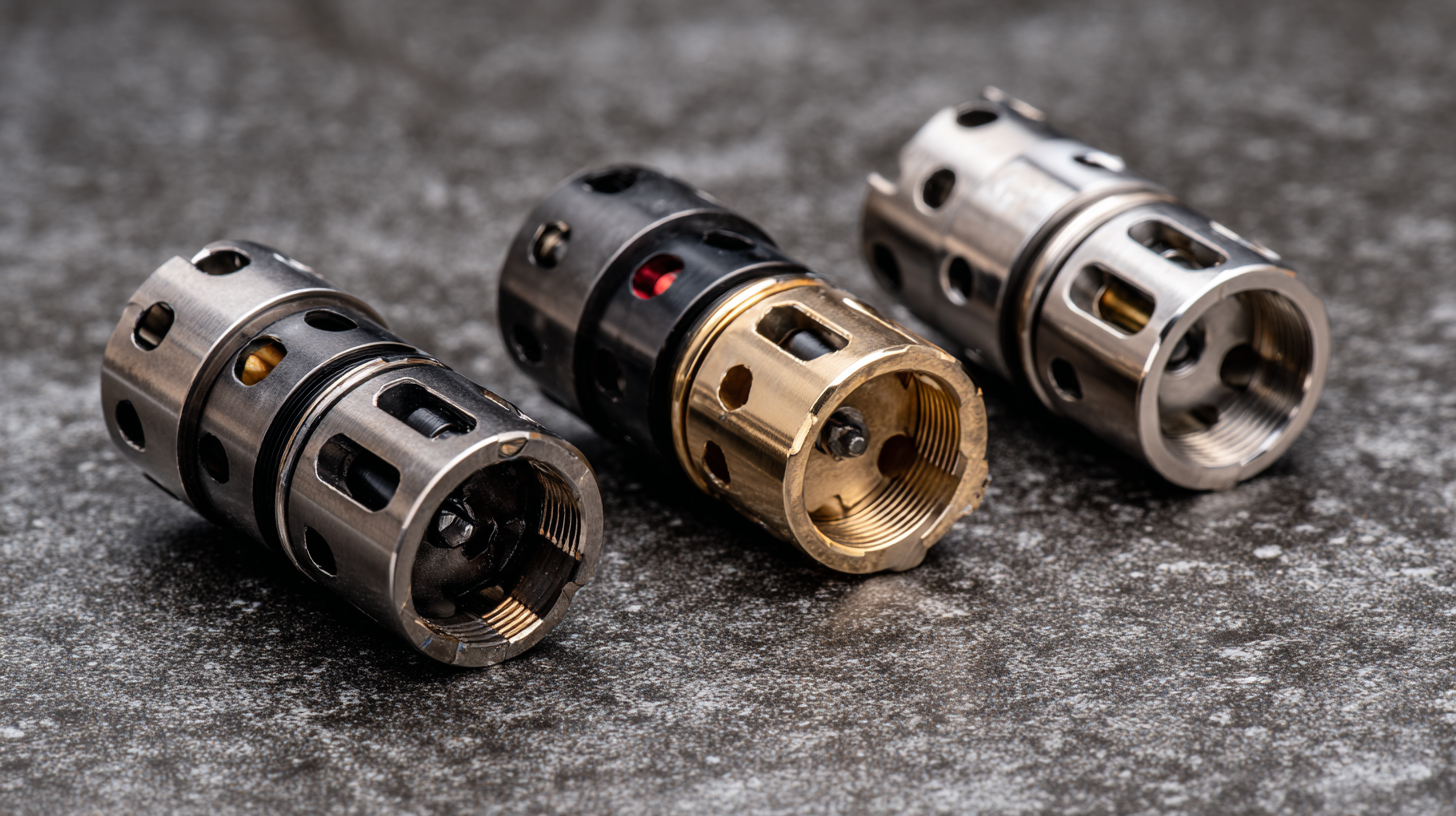
With increasing data transmission rates and the integration of 5G technology, the significance of choosing the right connector cannot be overstated. High Frequency Connectors play a pivotal role in minimizing signal loss and enhancing the efficiency of high-speed applications. Understanding the various types, key performance metrics, and application requirements is essential for engineers and designers to make informed decisions in their projects.
This guide aims to demystify the selection process, ensuring that you have the necessary insights to choose the right High Frequency Connector tailored to your specific needs.
High frequency connectors play a crucial role in various applications, ranging from telecommunications to aerospace. Understanding the different types of high frequency connectors is essential for selecting the right one for your project. Common types include SMA, N-type, and TNC connectors, each offering unique advantages. For instance, SMA connectors are popular for their compact size and excellent performance in microwave applications, with frequency ranges up to 18 GHz, as noted in the RF Connector Market Trends report, which forecasts a CAGR growth of 7.8% in the industry through 2025.
Moreover, the selection of connectors should also consider the specific application environment. For high-power applications, the N-type connector is often preferred due to its weatherproof design and robust performance characteristics, capable of handling up to 11 GHz. According to the IEEE Standards Association, proper integration of these connectors can significantly reduce signal loss and interference, a critical factor in high-frequency applications. Understanding the specifications, durability, and compatibility of these connectors can ensure optimal performance and reliability in your project.
When selecting a high frequency connector for your project, it is critical to evaluate several key specifications that impact performance. First, consider the frequency range of the connector, which should match the operational frequencies of your application. Connectors are typically rated for specific frequency bands, and exceeding these limits can lead to signal integrity issues, including loss and distortion. Additionally, the connector's insertion loss should be examined, as it quantifies the amount of signal that is lost when inserting the connector into the circuit, which is essential for maintaining optimal performance.
Another important specification is the return loss, measured in decibels (dB), which indicates how much of the signal is reflected back due to impedance mismatches. A higher return loss value is preferable, as it reflects minimal signal reflection, thereby preserving signal quality. Furthermore, dielectric materials and connector configurations like impedance (typically 50 ohms or 75 ohms for RF applications) should align with the requirements of your project. These factors together determine the effectiveness and reliability of high frequency connectors, ensuring that your design meets its performance goals.
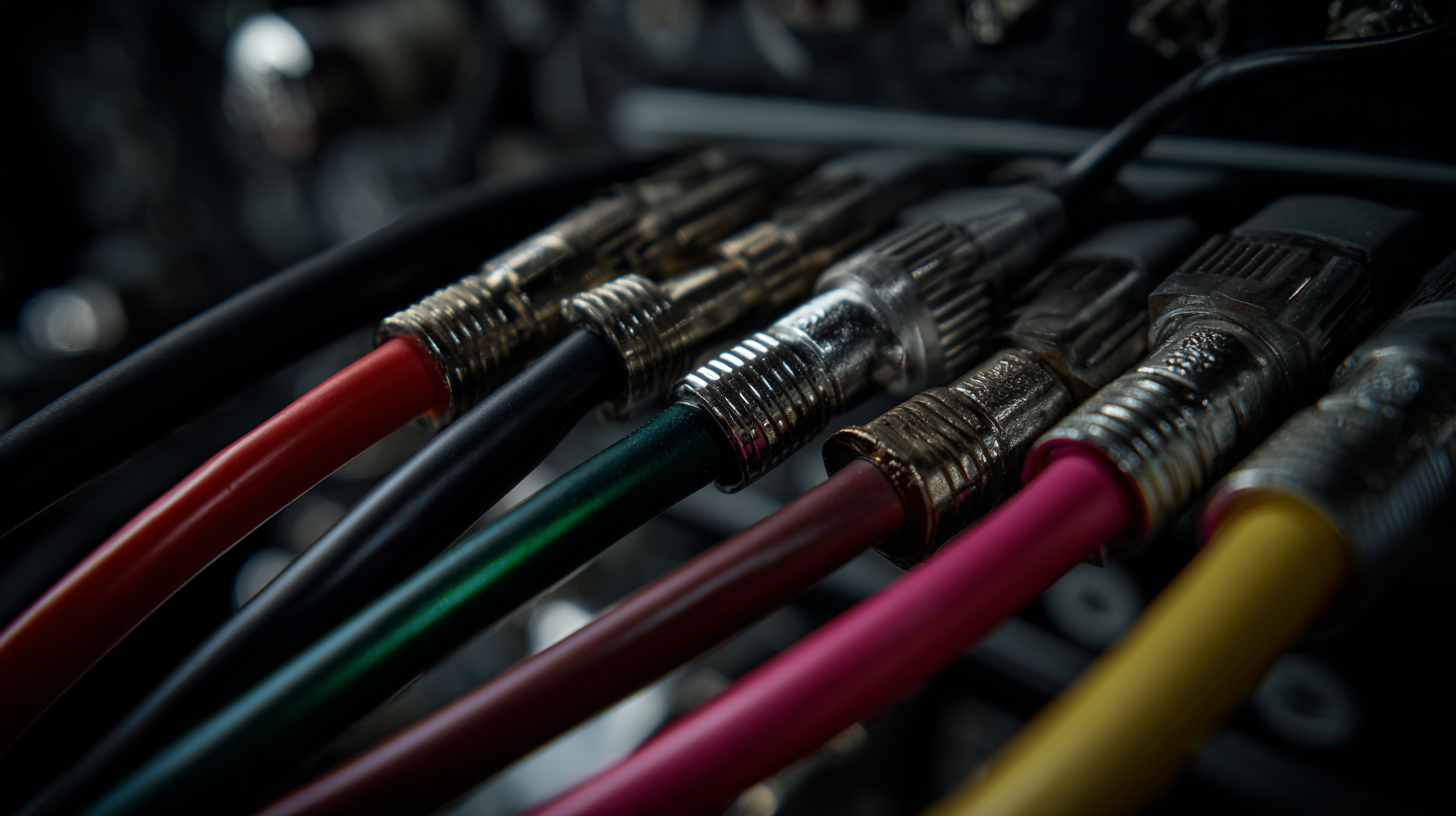
When selecting a high frequency connector for your project, understanding the impact of frequency range on performance is crucial. Different connectors are optimized for specific frequency ranges and can exhibit varying performance characteristics, such as insertion loss, return loss, and voltage standing wave ratio (VSWR). A connector that operates efficiently at lower frequencies may not perform well at higher frequencies, making it essential to choose one that matches the operational frequency of your application.
Tips: Always consider the application environment when choosing your connector. For outdoor projects or those exposed to high moisture, look for connectors with appropriate weatherproofing and sealing features. Additionally, review the connector's specifications and manufacturer data sheets to ensure compatibility with your system’s frequency requirements.
In addition to frequency considerations, the physical design and materials used in the connector can greatly influence its performance. Connectors made from high-quality metals and with robust insulators are typically more reliable at high frequencies. Pay attention to the connector's impedance, as mismatched impedance can lead to signal degradation and performance issues.
Tips: Before finalizing your choice, conduct thorough testing in your specific application environment. Simulations can also help predict performance under varying conditions, ensuring you select a connector that will reliably meet your project's demands.
In high-frequency applications, impedance matching is crucial for optimizing signal integrity and minimizing reflections. According to a report by the IEEE, improperly matched impedance can lead to signal degradation, which can significantly impact the performance of communication systems, particularly at frequencies over 1 GHz. This is particularly relevant in industries such as telecommunications and aerospace, where even minor losses can result in substantial data loss and increased error rates.
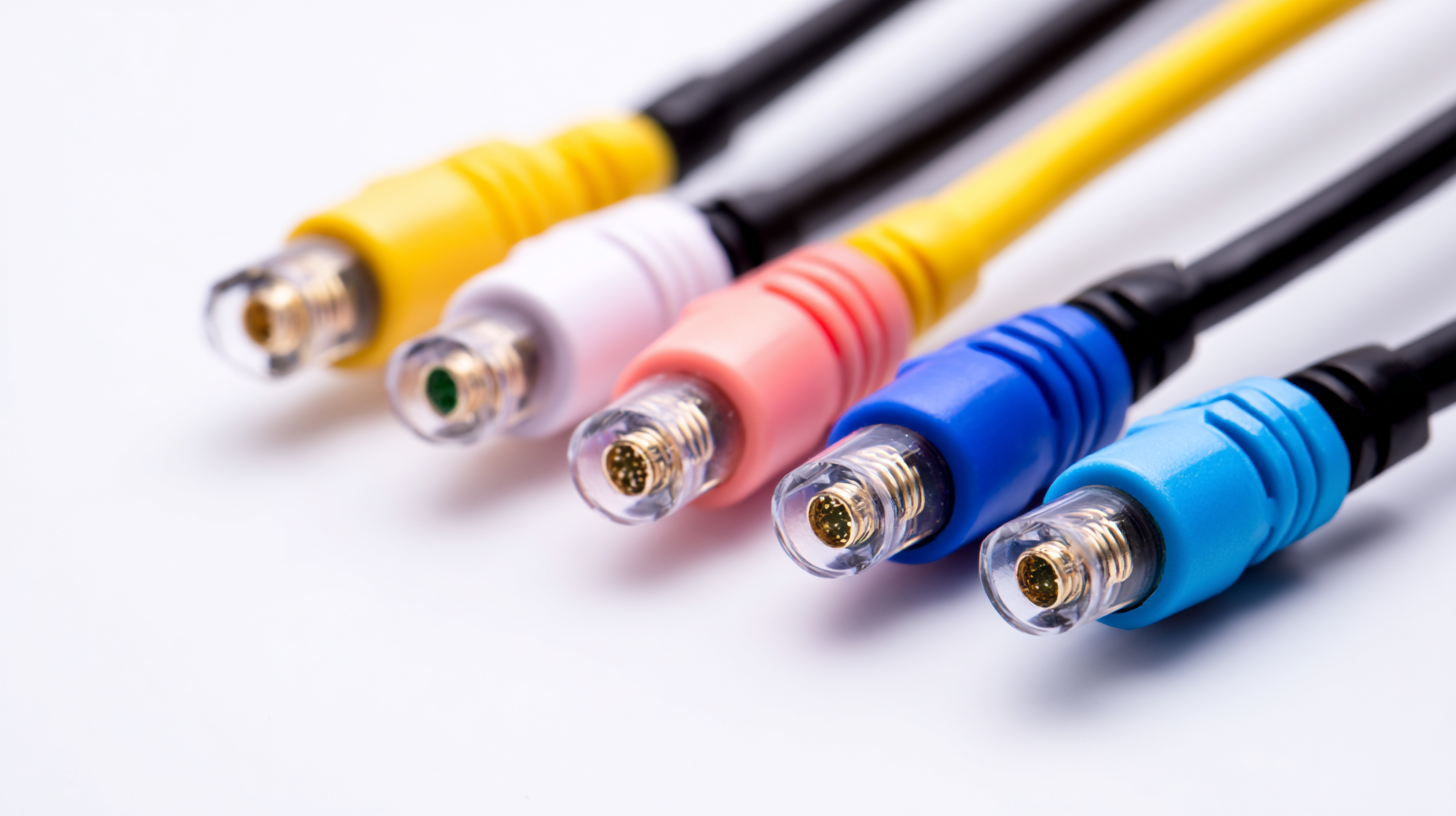
The importance of impedance matching in high-frequency connectors cannot be overstated. A study published in the Journal of Electromagnetic Waves and Applications highlights that connectors with an impedance mismatch of just 10% can reflect as much as 30% of the signal back to the source, drastically reducing efficiency. Therefore, choosing connectors that maintain the desired characteristic impedance—typically 50 ohms for most RF applications—is essential. Engineers must carefully consider the materials and design used in connectors to ensure they are compatible with the specific requirements of their high-frequency systems.
When choosing high frequency connectors for your project, it is essential to prioritize compliance with industry standards. These standards, such as IEC 60512-99-001, ensure that connectors meet rigorous requirements for reliability and performance, particularly in applications like Power over Ethernet Plus (PoE+). Adhering to such compliance not only guarantees the safety and functionality of the connectors but also facilitates interoperability among various devices, which is increasingly important in today's interconnected environments.
Moreover, as the landscape of electrical infrastructure continues to evolve, particularly with the rise of electric vehicle charging stations, understanding the implications of regulatory compliance becomes critical. The interconnectedness demands that connectors support established protocols and standards, helping to streamline processes and enhance the efficiency of charging networks. This is vital, especially as efforts to standardize these infrastructures ramp up to address challenges associated with emerging technologies and environmental regulations. Thus, selecting connectors that align with industry standards not only aids in meeting compliance requirements but also bolsters the reliability and effectiveness of your overall project.
| Connector Type | Frequency Range | Impedance | Insertion Loss | VSWR | Standards Compliance |
|---|---|---|---|---|---|
| SMA Connector | DC - 18 GHz | 50 Ohm | 0.1 dB - 0.5 dB | 1.5:1 | MIL-STD-348 |
| N Connector | DC - 11 GHz | 50 Ohm | 0.2 dB - 0.6 dB | 1.3:1 | MIL-STD-901 |
| BNC Connector | DC - 4 GHz | 75 Ohm | 0.5 dB - 1.0 dB | 1.4:1 | IEC 61169-8 |
| TNC Connector | DC - 11 GHz | 50 Ohm | 0.2 dB - 0.4 dB | 1.3:1 | N/A |
